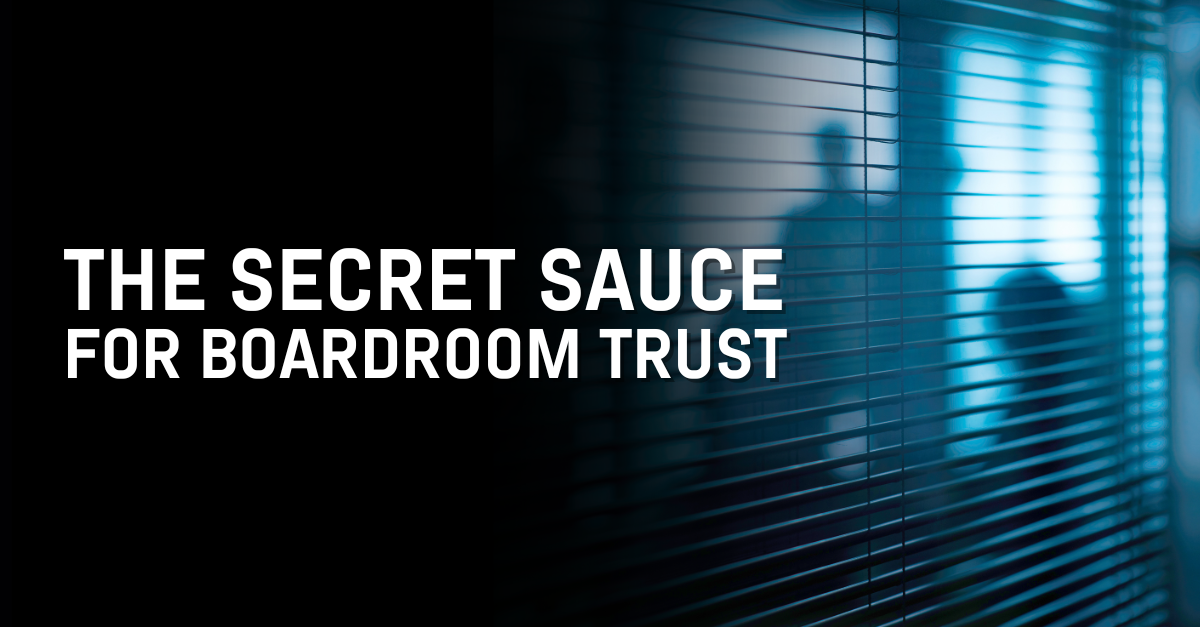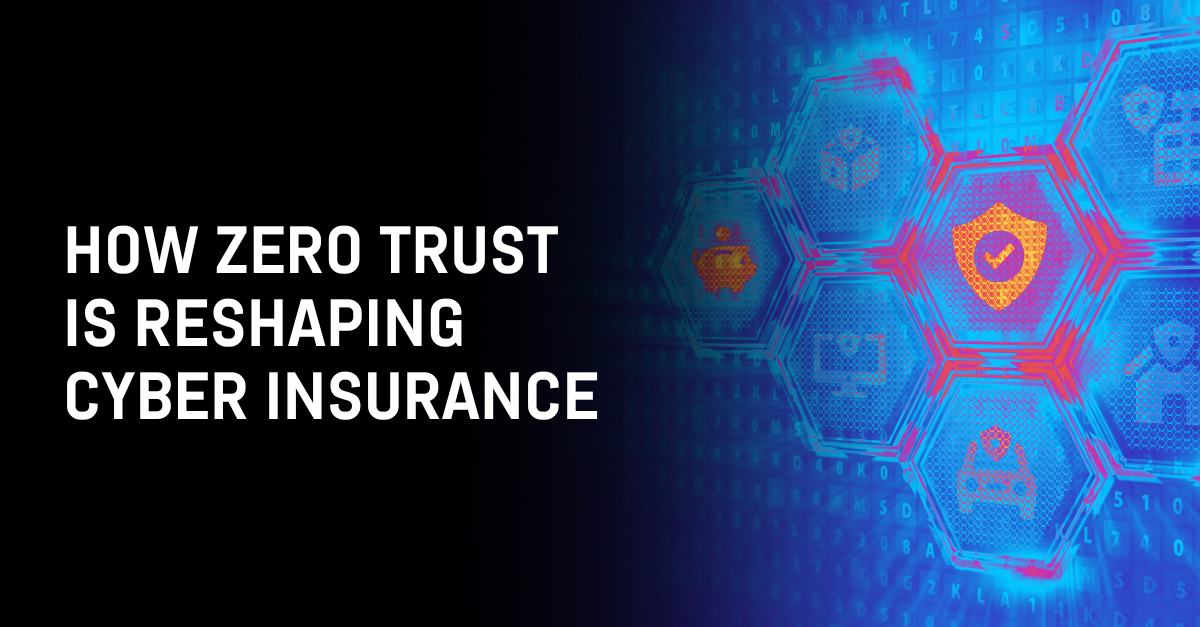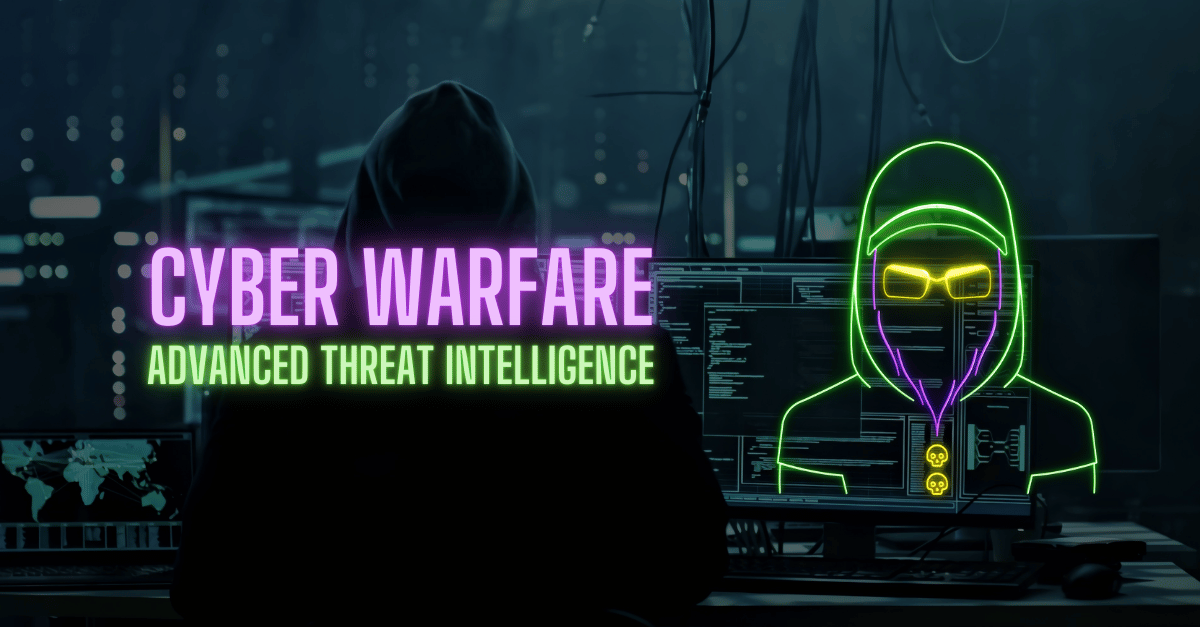Zero Trust

Security isn’t about locking doors after intruders have come and gone. It’s about designing a world where they never get in. Imagine waking up to find someone’s broken into your house. You change the locks, install cameras, maybe even adopt a loud dog. But deep down, you know the truth: you acted too late. That’s … Read more
Threat InTEL

Some CISOs fear auditors more than they fear actual hackers… Compliance has become a crucial focus with the implementation of regulations like the GDPR, CCPA, and various global data privacy directives. But whilst many organizations have rightfully turned their focus to said compliance, does it actually ensure better (cyber)security?
Business & Technology

When we think of war, most of us picture something loud and visible. Tanks rolling through fields, soldiers in uniform, fighter jets in the sky. It’s an image shaped by decades of physical conflict. And one that still holds true in many parts of the world. But today, some of the most serious attacks do … Read more

The Trusted Signature You’re alone in a quiet gallery of the Rijksmuseum, the soft hum of security systems barely audible beneath the air conditioning. A dim spotlight falls on a delicate sketch, its ink lines sharp against aged parchment. The plaque reads: Rembrandt van Rijn, ca. 1640. Experts have certified it. It’s catalogued, insured, cited. … Read more

We challenge you to look at cybersecurity assessments through a different lens. IT and executive leaders alike should recognize assessments for the sanity check they are, as well as a way to build trust within the organization. Not as some sort of score card or grading system, but as a way to figure out where to start and where to go next.

Even if you’re an IT professional feeling a bit skeptical about the board’s intentions, you can still see that their involvement is a great chance to align security measures with the company’s broader goals. It’s all about framing this as a partnership, not a critique. One of the best ways to do that is through a cybersecurity assessment that actually makes sense.

Palo Alto Networks published vulnerability CVE-2024-3400 that allows unauthenticated command injection (RCE) in the GlobalProtect feature of Palo Alto Networks PAN-OS software. Specific PAN-OS versions and distinct feature configurations may enable an unauthenticated attacker to execute arbitrary code with root privileges on the firewall.













